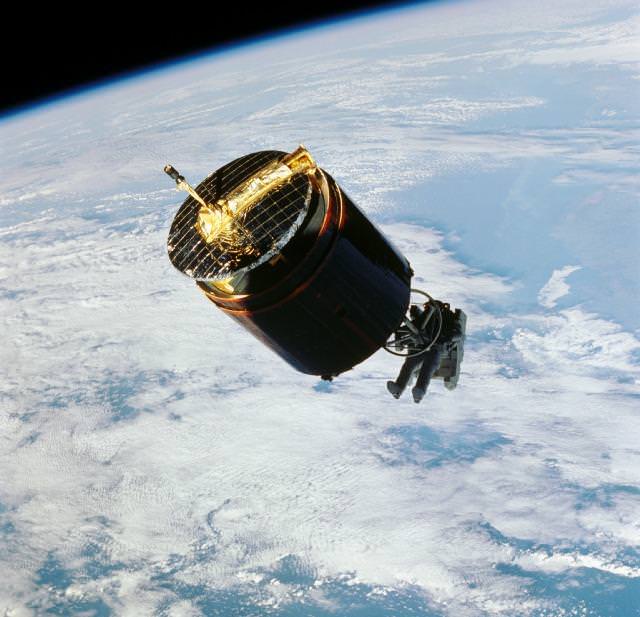Not Just Sitting Ducks. Maybe Satellites Could Dodge Almost all Space Junk
By Andy Tomaswick
Kessler syndrome is becoming more and more of a potential hazard as more and more companies vie to place more and more satellites in Low Earth Orbit (LEO). But it will only get out of hand if a chain reaction of collisions happens, which could potentially cause a complete breakdown of orbital infrastructure.
To combat that possibility, satellites currently attempt to dodge any debris that gets anywhere near them. Now, a new paper by Dr. Jonathan Katz of Washington University, St. Louis, proposes a system that can accurately detect whether a piece of debris will impact a satellite and allow the satellite itself to move out of the way only for trash that will actually hit it.
There are several disadvantages to how current satellite debris avoidance is handled. Still, all of those disadvantages stem from a single problem – they maneuver out of the way much more than is necessary to avoid a collision. This interrupts their orbital paths and costs fuel, which could otherwise be used for operations such as stabilization.
These avoidance maneuvers are so frequent because it is currently almost impossible to tell whether a piece of debris located in the area of a satellite will impact it or not. The best data satellite operators have is from ground-based telescopes that can barely distinguish small pieces of debris from background noise. And they can only judge where it is going based on a two-dimensional map of the sky.
Credit – Scott Manley Youtube Channel
Dr. Katz’s suggestion to alleviate this problem is to attach two radar dishes to a satellite. These would sit at the end of outrigger poles, allowing the satellite to bounce radar signals off of approaching debris and tell precisely what direction it is moving in. With that data in hand, the satellite itself can then calculate whether it needs to move or not.
The radar dishes on the outriggers wouldn’t have to be particularly powerful – just enough to see debris about 3 km away, which is about how close current ground-based systems can detect. There should be sufficient time for the positioning system to work out where exactly the debris would be moving within its detection range. But once an object is detected and its trajectory calculated, there remains an additional difficult hurdle – getting out of the way.

Credit: NASA
Accounting for average speeds of the debris, Dr. Katz estimates that, on average, a satellite would have something like .2 seconds to move out of the way of oncoming debris. That might not seem like a lot of time, but with powerful enough thrusters, it is possible.
That limited amount of time is primarily due to the computational intensity required to accurately calculate the trajectory of whether an object is going to his a satellite or not. If that computing time can be decreased, the amount of time satellites would have to react could be increased.
So it is worth adding radar outriggers and some extra computational power to satellites to avoid using up fuel in unnecessary evasive maneuvers? Possibly. But at least now, there is a framework that can adequately allow satellite operators to account for the costs and benefits of each proposal.
Learn More:
arXiv – Dodgeball — Can a Satellite Avoid Being Hit by Debris?
UT – Starlink and OneWeb Have Their First Avoidance Maneuver With Each Other’s Constellations
UT – ISS Will do Maneuver Friday to Avoid Collision with Satellite Debris
UT – We Need to Fix Space Junk Before It’s Too Late
Lead Image:
Image of some Aura spacecraft in the same orbit.
Credit – NASA
The post Not Just Sitting Ducks. Maybe Satellites Could Dodge Almost all Space Junk appeared first on Universe Today.

October 16, 2021 at 01:45AM
via Universe Today read more...

Post a Comment